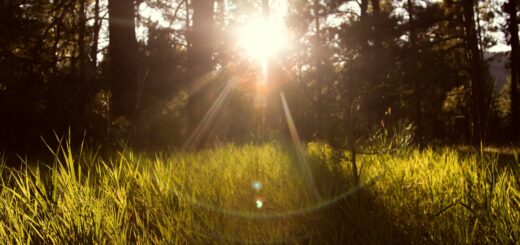Grab and Go Outdoor Lessons
by
danika
·
October 14, 2025
Outdoor Lessons & Activities — Plug & Play Menu
Fast, Low-Prep Starters (5–10 min)
- See–Hear–Feel: One thing you see, one you hear, one you feel → quick share or sticky note.
- Sit-Spot Sketch: Two-minute sketch of any object + one adjective (students can draw or voice-note).
- “What’s the Number?”: Teacher picks a 2-digit number; students model tens/ones with found objects; whiteboard show.
Literacy & Oral Language
- Adjective Scavenger Hunt (K–3): Find three objects; name color/texture/size.
- Sound Map Poetry (2–7): Map sounds around you; turn them into a four-line poem.
- Descriptive “Zoom-In” (3–8): Choose a leaf/rock; write five sensory details + a “so what?” sentence.
- Sequence Writing (1–4): “How to build a tiny shelter”—first/next/then/last.
- Reader’s Theater Outside (2–6): Use the yard as a “stage”; quick performance.
Math with Natural Manipulatives
- Arrays with Pinecones (2–5): Build three arrays; record multiplication sentences.
- Fractions in the Wild (3–6): Use sticks to show halves/thirds/fourths; share three fraction statements.
- Angle Hunt (4–8): Find acute/right/obtuse angles; sketch them (mini-protractors optional).
- Perimeter Path (3–6): Rope a rectangle; measure sides; discuss perimeter vs. area.
- Data Collection (2–8): Tally bird calls/wind/clouds; make a quick bar chart back inside.
- Place Value Relay (1–3): Buckets labeled H/T/O; build a target number with found items.
Science & Nature
- Decomposer Detectives (3–7): List living/nonliving under logs (safely); sketch a mini food web.
- Weather Station (2–8): Temperature, wind ribbon, cloud type; predict changes by lunch.
- Plant Parts Inquiry (K–4): Sketch and label stem/leaf/roots; write one “wonder” question.
- Erosion & Slope Test (4–8): Bare vs. mulched mini-slopes; pour measured water and compare runoff.
- Shadow Science (1–5): Trace shadows morning/afternoon; compare length/direction.
- Pollinator Hotel Design (3–8): Plan drawing + materials list; optional build with stems/tubes.
Social Studies / Place-Based
- Place Walk (3–12): Learn original place names; reflect: “How do we care for this place?”
- Community Mapmaking (2–6): Chalk map of grounds; add symbols (routes, resources, landmarks).
- Stewardship Micro-Project (all): 10-minute litter pick + weigh; graph totals monthly.
Arts
- Texture Rubbings Gallery (K–6): Crayon rubbings; label textures; sort smooth ↔ rough.
- Soundscape Composition (4–9): Assign outdoor sounds to instruments/body percussion; perform for 30 seconds.
- Perspective Drawing (3–8): Choose a horizon line; draw foreground/middle/ background outdoors.
PE / SEL
- Trail Stations Circuit (K–8): Balance on a line, slow bear walk, count breaths to 10.
- Co-op Rope Shapes (1–6): Teams form circle/triangle/square with a rope; debrief teamwork norms.
- Calm Corner Routine (all): Practice a 3-minute reset (breathe 4-4-6; name 5 things you see).
Rain/Snow-Friendly
- Puddle Predictions (K–5): Which puddles last longest? Track depth over days.
- Snow Geometry (2–8): Build symmetric shapes, measure perimeter with string, estimate area by tiles.
Assessment Options (choose one per activity)
- One-thing check: “One thing I learned / one thing I’d change.”
- Photo + caption: Snap the work and add a sentence.
- Mini-rubric (0–2): Participation, accuracy, collaboration.
- Traffic lights: Red/yellow/green—“How ready is my brain now?”



